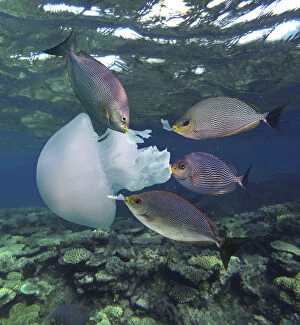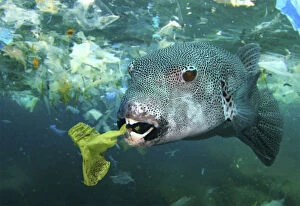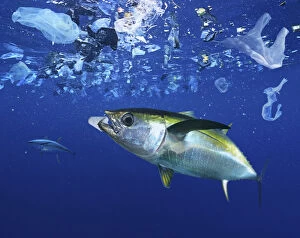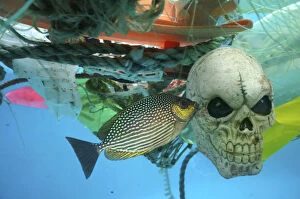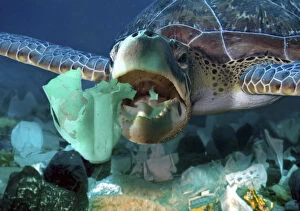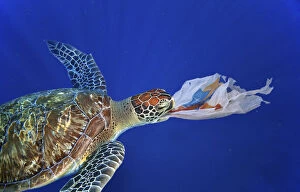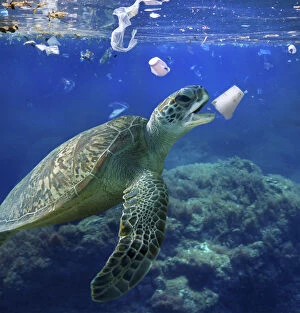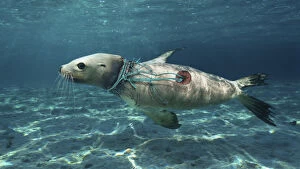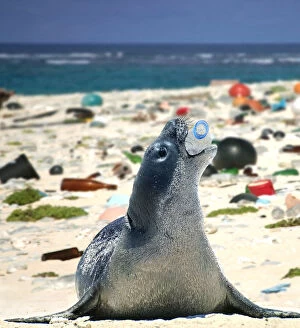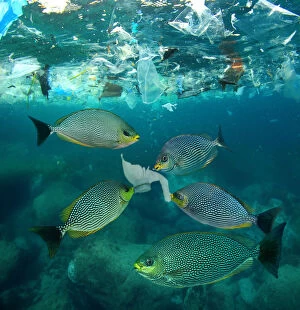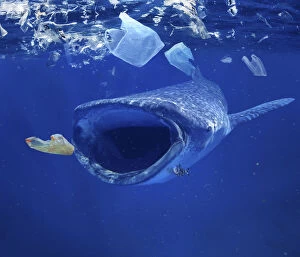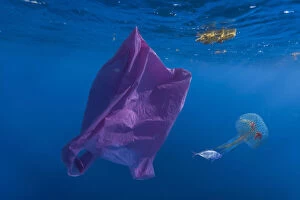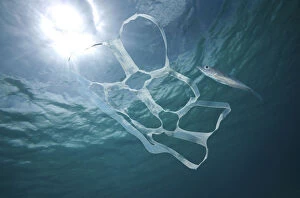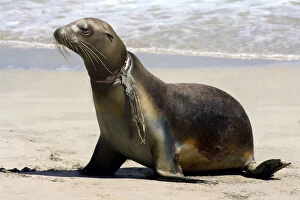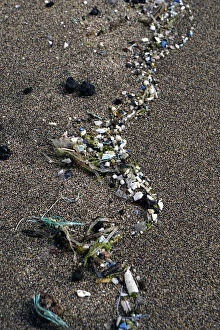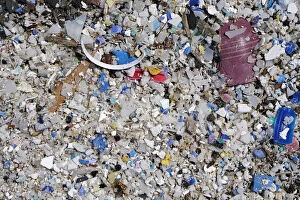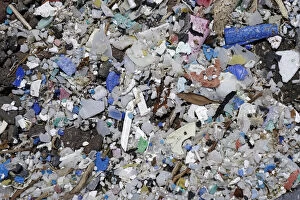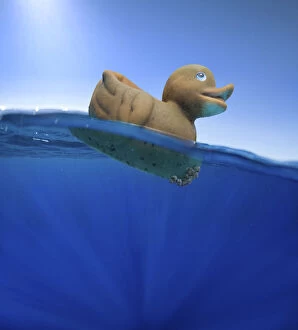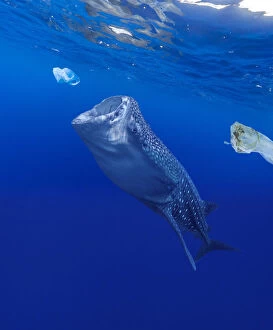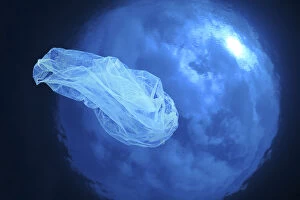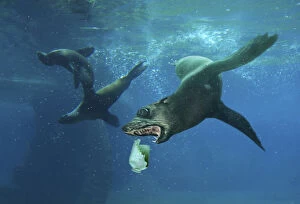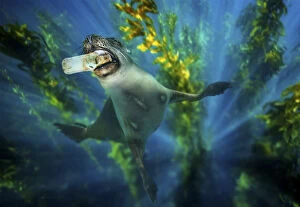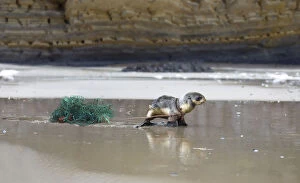Aquatic Pollution Collection
Aquatic pollution is a grave concern that threatens the delicate balance of our oceans and waterways. As we gaze upon Picture No
All Professionally Made to Order for Quick Shipping
Aquatic pollution is a grave concern that threatens the delicate balance of our oceans and waterways. As we gaze upon Picture No. 12479372, we witness the devastating consequences of human activities on marine life. The once vibrant blue waters are now tainted with debris and pollutants, suffocating the very creatures that call this place home. In Picture No. 12020769, a heart-wrenching sight unfolds before us as an innocent sea turtle struggles to free itself from discarded fishing nets. This poignant image serves as a stark reminder of how our negligence can entangle and harm these magnificent beings. Picture No. 12020767 paints a distressing scene where oil spills have turned pristine shores into blackened wastelands. The toxic sludge seeps into every crevice, poisoning not only the water but also countless organisms that rely on it for survival. As we move to Picture No. 12020766, plastic waste dominates the frame - bottles, bags, and containers floating aimlessly in what was once clear waters teeming with life. These non-biodegradable materials persist for centuries, choking marine animals or breaking down into microplastics that infiltrate their bodies. The hauntingly beautiful yet tragic Picture No. 12020758 showcases coral reefs bleached by rising temperatures caused by climate change – another consequence of human actions impacting aquatic ecosystems worldwide. In contrast to its name's serenity, Picture No. 12020756 reveals an unsettling reality: dead fish floating belly-up due to oxygen depletion caused by excessive nutrient runoff from agricultural practices or untreated sewage discharge. Picture No. 12020755 captures seabirds struggling amidst vast expanses of garbage patches in our oceans – remnants of careless littering and improper waste management systems plaguing our societies. Meanwhile, Picture No. 12020754 portrays industrial effluents being dumped directly into rivers without proper treatment or regulation—a blatant disregard for nature's delicate balance. In Picture No.


